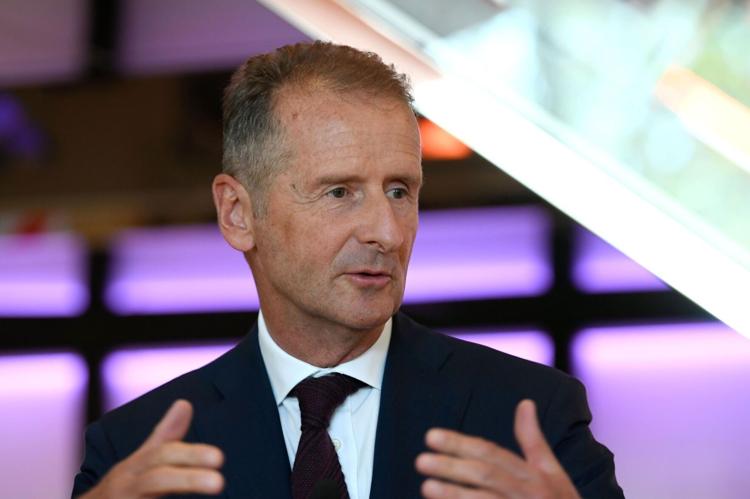The Danish government has approved a plan to construct what it’s billing as the world’s first artificial island that will serve as a wind energy hub in the North Sea, as the Scandinavian nation seeks to speed up its transition to an all-renewable energy grid.
The island – which will be at least 1.3 million square feet in size, or as big as 18 soccer fields, making it the biggest construction project in Danish history – will be located 50 miles from the west coast of the Jutland peninsula and will be owned by a partnership of the Danish state and private companies.
The energy hub – which will collect electricity from at least 200 offshore wind turbines surrounding the island — will initially distribute enough green energy to supply electricity to 3 million households in Denmark and neighboring countries (including Holland and Germany), eventually expanding to 10 million households as the island’s construction is extended in various stages.
The island hub – slated to be completed by 2030 — will have a potential capacity of 10 gigawatts (or 10 billion watts), as part of the European Commission’s strategy to increase the EU’s total offshore wind capacity to 300 GW by 2050 from the current 12 GW level.
Denmark eventually plans to build a second wind energy hub on the Danish island of Bornholm in the Baltic Sea (with a total capacity of 2 GW) by the year 2030
KEY BACKGROUND
Last year, Denmark, the largest oil producer in the EU (Norway and U.K. are not in the bloc), has committed to ceasing all oil and gas extraction activities in the North Sea by 2050, the same year the EU has targeted for bloc-wide climate neutrality (i.e., achieving net zero carbon dioxide emissions). A broad majority of the Danish parliament – across the political spectrum – support the construction of the energy hub. According to Denmark’s Ministry of Climate and Energy, offshore wind energy in the North Sea has immense potential — by 2040, regional nations expect the total capacity of regional windfarms to reach 150 GW, which would be enough meet the electricity demand of 150 million households.
CRUCIAL QUOTE
“This is truly a great moment for Denmark and for the global green transition. This decision marks the start of a new era of sustainable energy production in Denmark and the world and it links very ambitious climate goals with growth and green jobs,” said Minister for Climate Dan Jorgensen. “It will make a big contribution to the realization of the enormous potential for European offshore wind.”
BIG NUMBER
$34 billion: That’s the total cost of constructing the North Sea island, building a capacity of 10 GW and developing the necessary infrastructure.
TANGENT
Denmark built the first offshore wind farm in the world, the Vindeby Offshore Wind Farm, in 1991 on the Danish island of Lolland with a total capacity of 5 megawatts.












